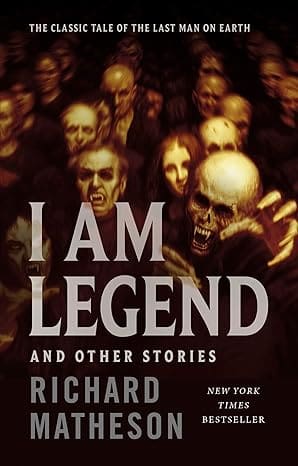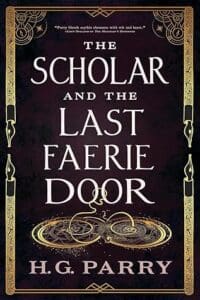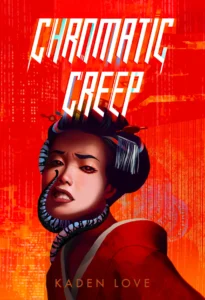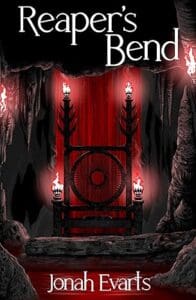
Synopsis:
The last man on Earth is not alone.
Robert Neville may well be the only survivor of an incurable plague that has mutated every other man, woman, and child into bloodthirsty, nocturnal creatures who are determined to destroy him.
By day, he scavenges for food and supplies, desperate to find any other survivors who might be out there. But all the while, the infected lurk in the shadows, watching his every move, waiting for him to make a mistake…
Review:
This book has been on my radar for years. I love the movie adaptation, and I was excited to finally dive into the book—and find out what Hollywood potentially changed. I knew the two would be different; the book was originally published in 1954 and the movie released in 2007. Based on that alone, I knew the technology and science aspects must have been updated for the movie version.
It turns out, a lot was changed, but I think both the movie and the book have their own merits. I wouldn’t say one is better than the other, they’re just different. The book version of Robert Neville is from California and he’s somehow immune to the plague. He loses his wife and child in the early days of the infection, and like the movie, he finds himself completely alone in a house he fortifies to withstand the vampires’ attacks. Not so different than the movie in that regard.
What is different is that he isn’t a scientist by trade, nor is he military (I believe the movie character was in the army.) It’s only mentioned that he works at a “plant,” but what he does there isn’t described. The book outlines his initial frustration with the plague, how he almost gives up entirely, then his resolution to figure out a means to combat it. He starts to take books from a nearby library on everything from blood to medicine to bacteriology, and the reader actually gets to experience some of his research and early experiments on the vampires. As a scientist, I got really excited by this part—particularly when he started to correlate germ theory and bacteria to the source of the plague. (That’s another deviation in the movie; the plague was viral in nature rather than bacterial, and its origin was different too.) But I enjoyed the science aspect of the book, and Robert Neville’s fumbling attempts at learning how to use a microscope made me smile. (If you’ve never used one before, it’s not as easy as it looks, particularly when you add the preparation of slides to the mix.)
The vampires are different than the movie version too. The author took some of the classic vampire myths and tried to explain them with science. Things like an aversion to garlic and sunlight, or why a wooden stake through the heart could end them. In the movie version, I don’t believe garlic or stakes were ever mentioned, though the vampires did have an aversion to sunlight.
The ending of the book is significantly different than the movie endings were too. The book definitely took a very unexpected turn, and this is one of those rare instances where I actually liked the storyline of the movie better. Hollywood’s take on the story felt more desperate and was much creepier—and I think the movie endings (yes, both of them) made more sense than the book’s. The movie came full circle, while the book did not.
I’ve spent most of this review focused on I Am Legend, but that’s only half of the book. The rest is filled with shorter pieces, all in a classic horror vein; stories about possessed dolls, the undead, strange funerals… It’s a good collection with a wide variety of tales.
My favorite of the other stories was Mad House. The main character was a writer suffering from years of writer’s block which leads him down a path of rage and insanity. He wasn’t a likeable character, but the premise of his rage seeping into the house he lived in and ultimately taking its revenge was creepy enough to keep me reading.
I enjoyed most of the stories, but I Am Legend is definitely the standout tale. It makes me want to go watch the movie again.











Leave a Reply